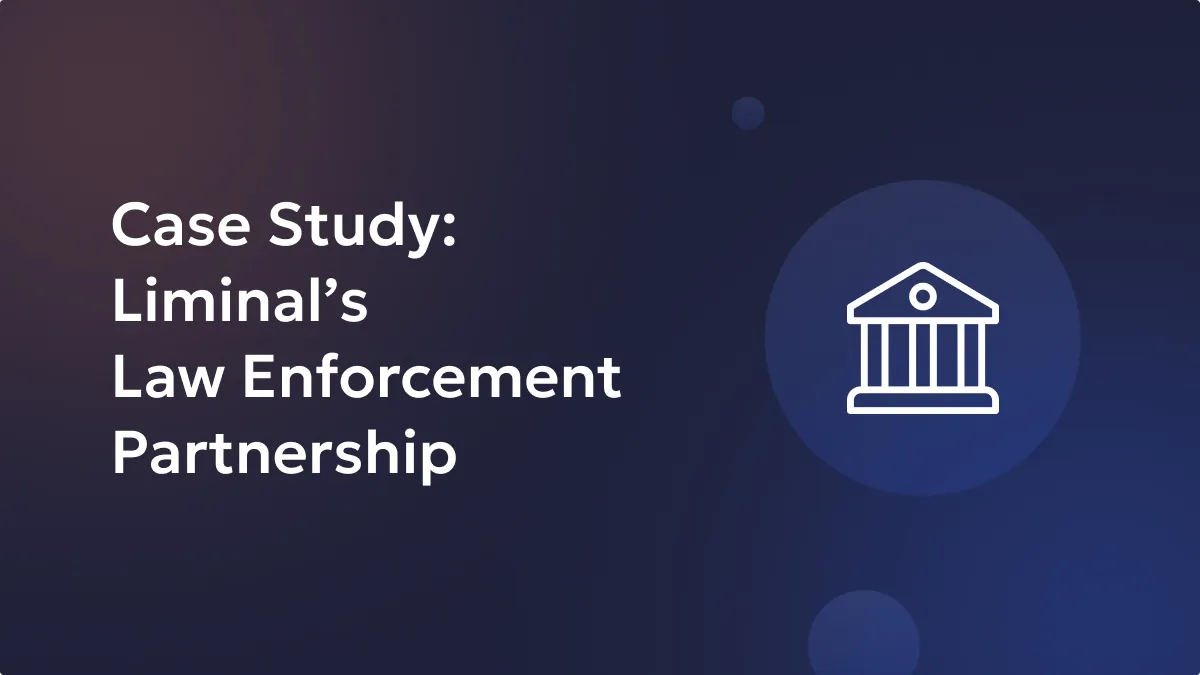Check out our latest blogs
Read through our updates covering feature launches, partnerships, thought leadership pieces and trending topics on how we are solving the security and custody problem for Web3 institutions

Team Liminal |
November 27, 2025
Taiwan’s digital asset market is evolving rapidly, shaped by growing institutional participation and stronger regulatory oversight. As the Financial Supervisory Commission (FSC) moves toward a clear framework for virtual asset service providers (VASPs), compliance is becoming a defining factor for success in crypto custody.
At Liminal Custody, we see a distinct trend: institutions are no longer viewing compliance as a barrier but as a competitive advantage. In this environment, the future of digital asset custody in Taiwan will depend on how effectively organizations can align operational control, cryptographic security, and regulatory transparency.
Why Compliance Is the Core of Modern Custody
Traditional security models relied heavily on cold wallets to protect digital assets from unauthorized access. While effective against online threats, this model limits flexibility and scalability. As digital assets become part of mainstream finance, institutions now require systems that can support real-time transactions, governance workflows, and continuous compliance.
That’s where policy-driven custody and advanced key management models—such as Multi-Party Computation (MPC) wallets—are transforming the landscape.
MPC divides private keys into multiple encrypted shares, ensuring no single party has full access at any time. This design prevents single points of failure while supporting real-time operations. When paired with automated policy enforcement, MPC enables institutions to maintain compliance without slowing down business activity.
Regulatory Momentum in Taiwan
The Taiwanese government is actively developing its crypto regulation ecosystem to ensure transparency, investor protection, and operational accountability.
Under this framework, licensed custodians are expected to:
- Maintain clear segregation of customer and company assets.
- Implement role-based access and multi-approval policies.
- Provide auditable records for every transaction.
- Adopt enterprise-grade crypto security controls.
Institutions that can demonstrate these standards will not only comply with emerging rules but also gain credibility in Taiwan’s rapidly expanding digital asset sector.
Technology That Enables Trust
At Liminal Custody, our enterprise crypto custody platform is designed to help financial institutions and exchanges build trust through transparency. Our MPC-powered infrastructure automates compliance controls, ensures multi-signature approvals, and integrates with HSM-based systems for hardware-level protection.
This hybrid approach provides the flexibility of software with the assurance of hardware-backed security—ideal for institutions managing high-value assets or exploring tokenized offerings.
Additionally, as cross-border transactions and stablecoin payments gain traction across Asia, our custody framework supports policy-based automation for global transfers, ensuring operational consistency and risk management.
Future Trends: What to Expect in 2025 and Beyond
- Institutional integration: As banks and fintech firms enter the digital asset space, we’ll see stronger demand for regulated crypto custody solutions that meet local and international standards.
- Tokenization frameworks: Custody infrastructure will evolve to support real-world asset tokenization, requiring new approval layers and compliance workflows.
- Operational resilience: Institutions will prioritize continuity—through geo-distributed key management, automated failover systems, and continuous policy testing.
- Regulatory clarity: Taiwan’s upcoming VASP legislation will standardize custody expectations, driving the need for platforms that are already compliance-ready.
- Ecosystem collaboration: Custodians, exchanges, and banks will increasingly work together to strengthen consumer protection and infrastructure integrity.
The Path Forward
Compliance will define the next era of digital asset management in Taiwan. As the market matures, institutions that embed compliance into their operational DNA will be best positioned to scale safely and sustainably.
At Liminal Custody, we’re helping enterprises achieve this by combining MPC technology, automated governance, and robust security architecture—all designed to meet the evolving needs of regulators and customers alike.
The future of crypto custody isn’t just about keeping assets safe—it’s about building a transparent and compliant ecosystem that accelerates adoption.
Explore how Liminal Custody can help your organization build a secure, compliance-ready custody framework tailored for Taiwan’s fast-evolving digital asset market.
Talk to our experts today to future-proof your custody operations.

















